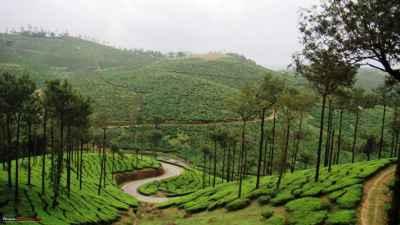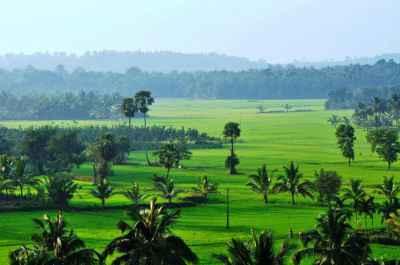The Sacred Groves of Kerala: Conservation and Culture
When it comes to the natural beauty of Kerala, one cannot ignore the tranquil and enchanting sacred groves that dot the landscape. These sacred groves, locally known as 'Kavus', are not only significant from a conservation point of view but also hold immense cultural and religious importance. In this blog post, we will explore the sacred groves of Kerala, their conservation efforts, and the cultural significance they hold.
The Significance of Sacred Groves
Sacred groves are patches of forested areas that are considered holy and are protected by local communities. These groves are often dedicated to deities or ancestral spirits and are an integral part of the traditional beliefs and customs of the local people. The groves are seen as sacred spaces and are believed to be inhabited by gods and goddesses, making them an important place for rituals, offerings, and ceremonies.
One of the most important aspects of sacred groves is their role in the conservation of biodiversity. These groves act as ecological hotspots, supporting a rich diversity of flora and fauna. Due to their religious and cultural significance, these areas have been left untouched by human activities such as logging and hunting. This has allowed the groves to serve as natural habitats for many species, including rare and endangered ones.
Conservation Efforts
The sacred groves of Kerala face many threats including encroachment, urbanization, and deforestation. However, there have been several initiatives taken by the government and local communities to protect and conserve these groves.
One such example is the Kerala Sacred Groves Conservation Programme, launched by the Kerala Forest Department. The program aims to identify, protect, and manage the sacred groves across the state. Under this initiative, local communities are actively involved in the conservation efforts, ensuring their active participation and ownership.
Another successful endeavor is the involvement of Non-Governmental Organizations (NGOs) such as the 'Save the Sacred Groves' campaign. These organizations work towards creating awareness about the environmental and cultural significance of the groves and advocate for their protection and sustainable management.
Cultural Significance
The cultural importance of the sacred groves in Kerala cannot be overstated. These groves are not just places of worship but are also physical embodiments of the region's rich cultural heritage.
Various religious and cultural festivals are held within these groves, attracting both locals and tourists. These festivals provide an opportunity for people to witness traditional rituals, music, and dance forms that have been passed down through generations.
Moreover, the groves also serve as open-air classrooms where traditional knowledge and practices are shared with the younger generations. The local communities take great pride in preserving the customs and traditions associated with the groves, ensuring their continuation for years to come.
Conclusion
The sacred groves of Kerala are not just natural wonders but also cultural and religious landmarks. They are a testament to the harmonious coexistence of nature and humans. The conservation efforts put in place by the government and local communities are crucial in preserving these sacred spaces and the biodiversity they support.
As travelers, it is our responsibility to respect and appreciate the cultural and environmental significance of these groves. By visiting these groves, not only do we get to experience the beauty of nature but also contribute to their conservation for future generations to enjoy.
So, the next time you plan a trip to Kerala, make sure to include a visit to these sacred groves in your itinerary and immerse yourself in the unique blend of nature, culture, and spirituality.
If you found this blog post informative and interesting, don't forget to share it with your friends and family!
Disclaimer : The information provided in this blog is for general informational purposes only. While we strive to keep the content accurate and updated, TravelSetu assumes no liability for errors or omissions. If you believe any part of this blog infringes your rights or causes concern, please notify us immediately at info[at]travelsetu[dot]com so that appropriate action can be taken.






















